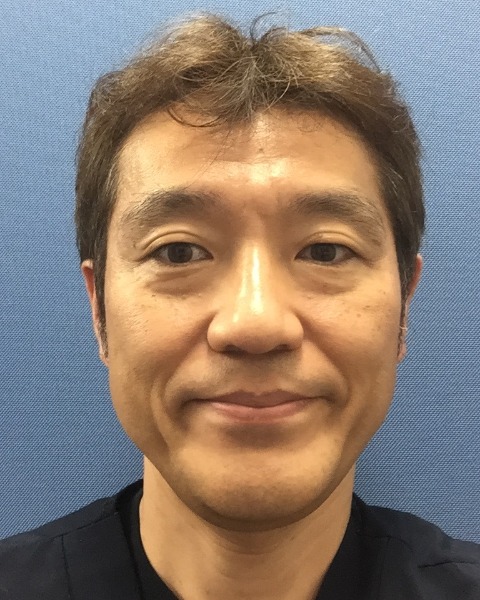Minimally Invasive/Motion Preservation
Full Endoscopic Lumbar Intervertebral Fusion (FELIF): Early Experience and Comparison with Minimum Invasive Transforaminal Intervertebral Fusion (MIS-TLIF)
Friday, February 21, 2025

Masahiko Akiyama, MD, DMSc
Director of Spine Center
Sapporo Teishinkai Hospital
Sapporo, JP
Presenting Author(s)
Disclosure(s):
Masahiko Akiyama, MD, DMSc: No financial relationships to disclose
Introduction: Full endoscopic spine surgery has been advanced and now applied for lumbar intervertebral fusion (LIF) via Kambin’s triangle. Here we present feasibility and early results of full endoscopic LIF (FELIF) and comparison with results of minimum invasive transforaminal LIF (MIS-TLIF).
Methods: PETLIF system was used for full titanium interbody case insertion and Pisces percutaneous pedicle screw and rod system was applied (Japan MDM Co). Ten cases of one level FELIF were carried out during January and September of 2024, and 10 cases of previously performed one level MIS-TLIF were included for comparison in this study. Operating time, improvement rate of Japan Orthopedic Association (JOA) score at 1 month after surgery, use of postoperative PRN medication and hospitalized period including in-hospital rehabilitation were compared. Mann-Whitney’s u test was used for statistical analysis.
Results: Operating time of FELIF and MIS-TLIF was 184.9 min and 159.3 min respectively and not statistically different (p=0.38). Improvement of JOA score rate 1 month after surgery were not significantly different (71.0 % for FELIF and 70.5 % for MIS-TLIF p=0.82). Use of postoperative PRN pain medication (3.7 vs 8.6 times: p=0.005) and hospitalized period were significantly less in FELIF as compared with MIS-TLIF (9.2 vs 21.2 days: p=0.003). No procedural or neurological complications occurred in both groups.
Conclusion : One level FELIF is as effective as MIS-TLIF for improving lumbar spondylolisthesis symptoms and requires similar operating time as MIS-TLIF. In addition, FELIF significantly reduces hospital stays including rehabilitation, and use of postoperative pain medication compared with MIS-TLIF. FELIF is technically feasible and considered as one of the minimum invasive treatment options for lumbar spondylolisthesis.

.jpg)